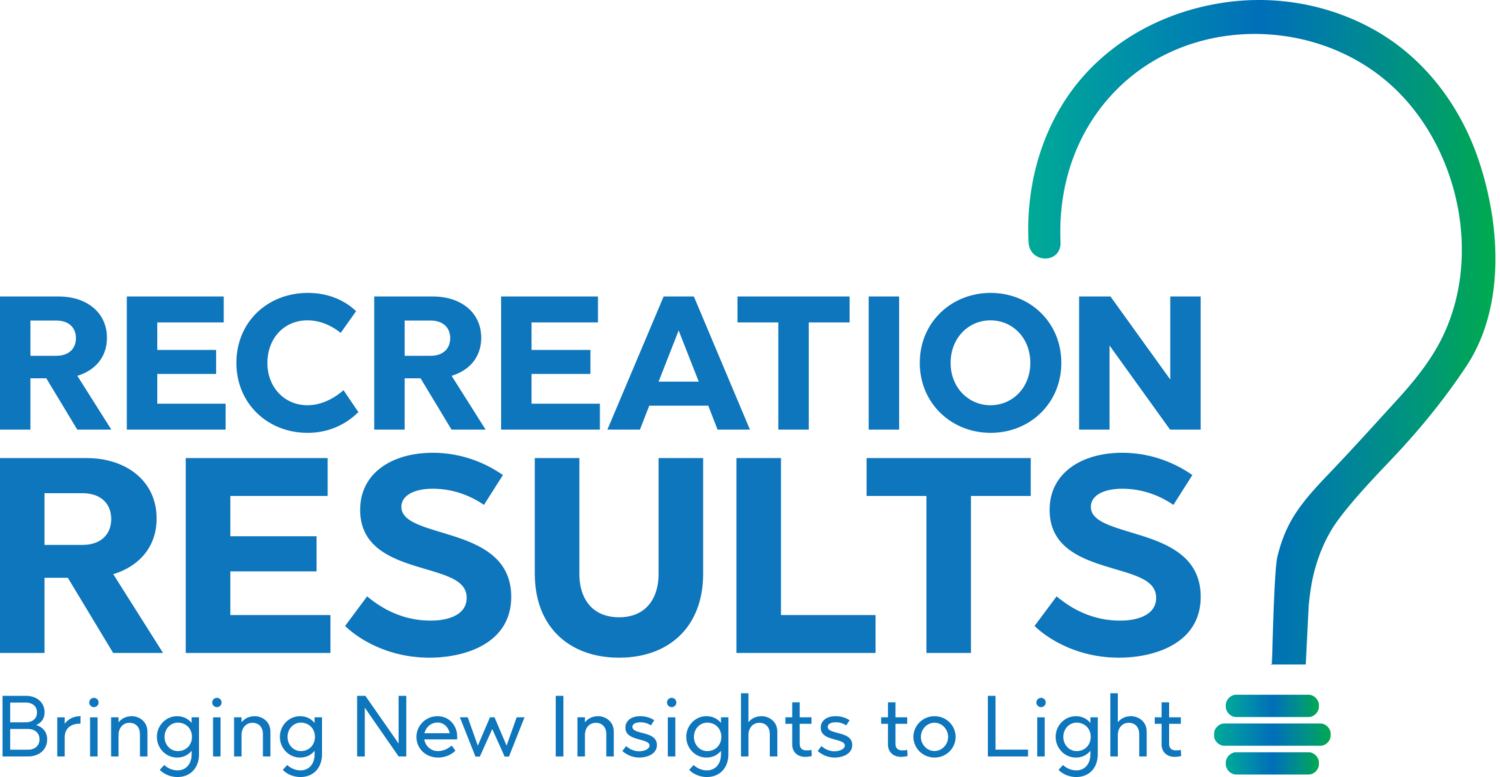Data is not a Four Letter Word
/Today was an amazing day. Why? Because I got a high five. What makes a high five so amazing? Because it came from my district's part-time ice hockey coordinator who walked into my office to congratulate me on the fact that we met one of our performance measures that we had been shooting for this year. As part of our district's organizational performance measures, we had been making a big push to increase the number of households in our community that had completed a transaction with us in 2014. We had only about 48 hours to spare before the end of the year, but we did it. That 4% increase over the prior year meant that we served over 800 additional households than we had the year before. And that high five meant that even our part-time recreation staff were starting to understand the benefits and importance of our performance measurement program.
To say that my fellow co-workers do not always share my love of data would be an understatement. I'm not sure why this still surprises me because I have been teased for my math/data tendancies my entire career.....like the time that I plotted out our daily pool concession sales versus the weather so that I could figure out at what temperature we needed to bring an extra staff member in. (Okay, that is pretty geeky.)
I think that the big difference at this point in my career is that a good portion of my job is now digging up, analyzing, and displaying data, not for my benefit, but actually for use by people who may not initially care for it so much. And because of the time and resources put into creating these initiatives and the value that they acutally hold, it is expected that they use them. It can be easy to look at your fellow professionals and just expect them to do the work because it's their job. But actually, that's not good enough for me. I want them to be as excited about it as I am. Or at least half as excited, because let's face it, that's still pretty darn excited.
So instead of getting frustrated, I have to constantly refocus my energy from getting staff to use software and excel sheets and instead imagine that I'm on an epic quest to rebrand math and numbers. So how the heck do I do that?
One of my big data initiatives is managing our district's performance measurement program, which includes the use of dashboards where staff can view live results of our key metrics. I wanted to really reinforce that these charts and graphs are not scary. They are just data...just like the data that we use every single day without even realizing it. So to hit this home, I brought some charts and graphs with me to the kick-off for staff.
An actual "pie chart!"
Best part about the bar graph? I learned more data....our employees do not like lemon bars.
The staff really seemed to get a kick out of the snacks and I think that it helped set a great tone for the project. What do you think of them? What have you done to make data cool (or at least tolerable) at your organization?










